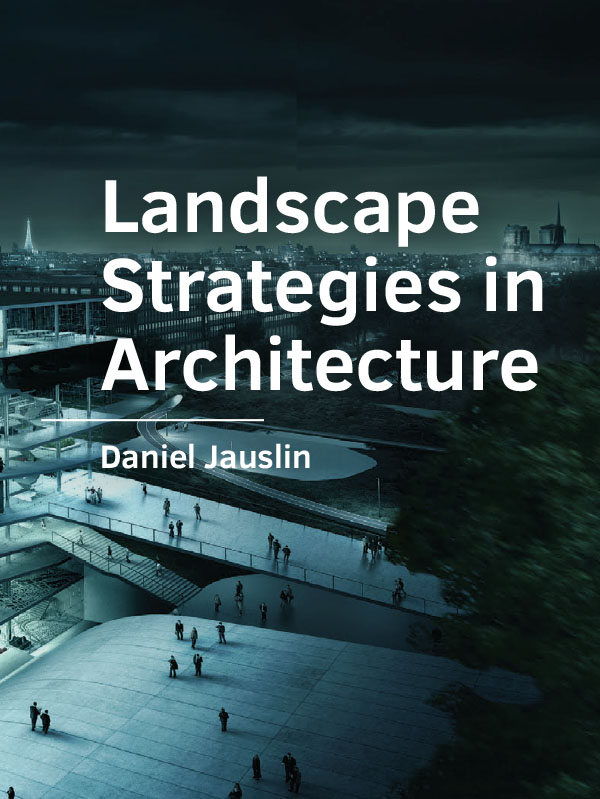Two Libraries at Jussieu, Paris
DOI:
https://doi.org/10.7480/abe.2019.13.4292Abstract
The lack of OMA’s Jussieu project in the reference literature could easily be interpreted as a sign of unimportance. However this design for a university library holds essential keys to our question how architecture is spatially composed using landscape strategies. This unbuilt design is an influential work at the turning point of the discipline, where new principles are explored. A whole series of projects by many architects in contemporary architecture could in some way or another relate to this project.
In the first section of this chapter I will introduce the argumentation of our various reasons for the choice of the Jussieu project as en example of architecture designed as landscape in regard to existing research in reference literature (4.1). Then I will explain the project in its larger context (4.2). Although Jussieu is an unbuilt design, I will describe the building in a guided walk through from my reading of the design in the sources and the specific ‘pro-construction’ imagery (4.3). I will describe the steps that lead to this imagery later in the chapter. I keep a brief a paragraph about the design (4.4) to explain more about why this project was not built. To analyse the Jussieu project’s workings I display the account of the 4-layer method with all relevant drawings (4.5) and our interpretations of them. As a specific method for this project I chose virtual representations of the design that will be explained in 4.6.
I will then test the concept of landscape in our framework of landscape architectural attitudes (4.7) to conclude with a theoretical framing of the essential contribution of proprietary design instruments of this project to architectures emerging landscape design strategies (4.8).


